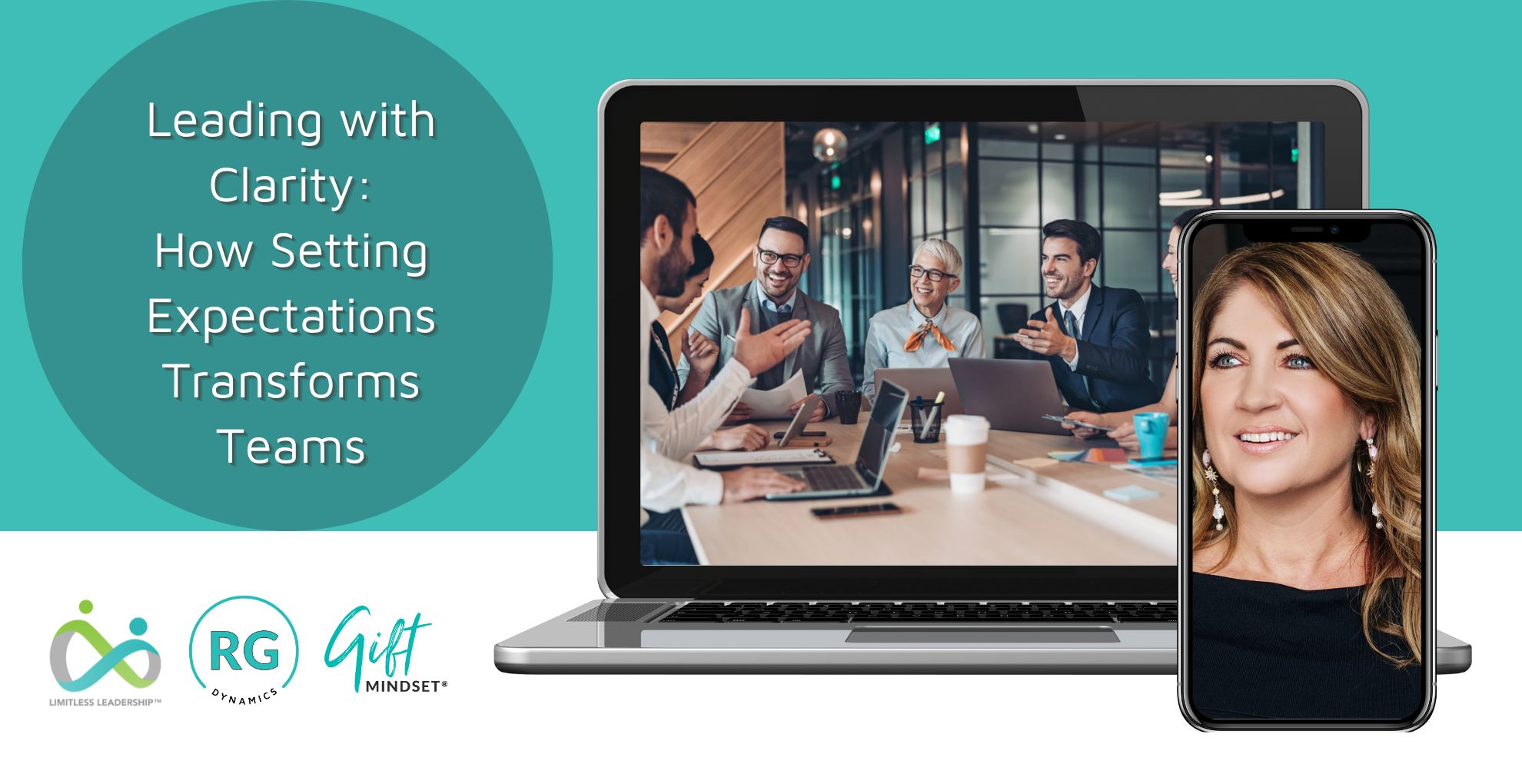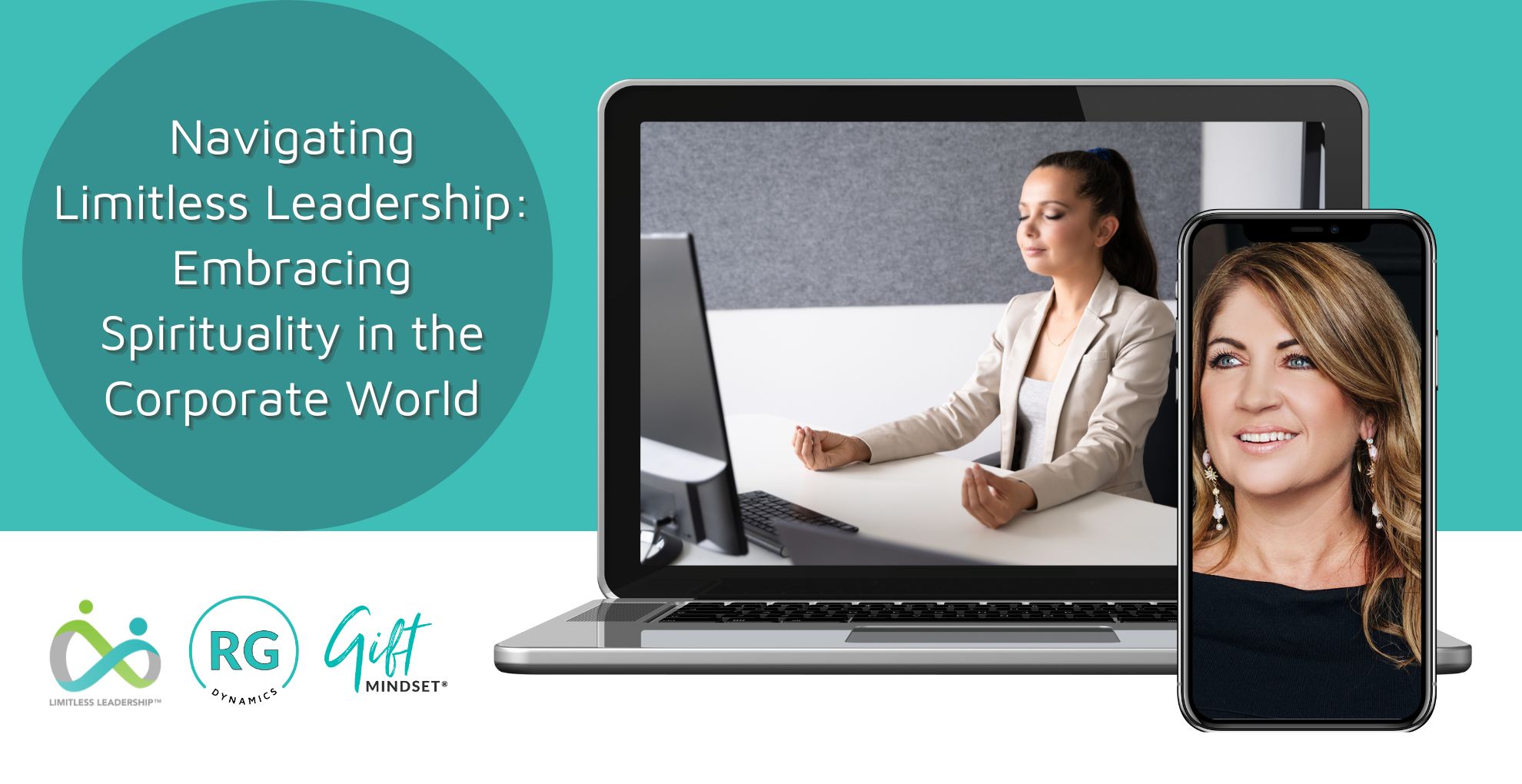Change is the only constant in life, both in and out of the workplace. We all encounter shifting situations and new faces, whether these changes are imposed upon us or self-initiated.
While some resist change, others embrace it, a reaction largely determined by our intrinsic nature and past experiences. Certainty is a fundamental human need, making resistance to the unknown a natural response. Change often makes us uneasy, propelling us into uncertainty and away from the familiar. This uncertainty can stifle decision-making, bringing forth new choices that challenge our sense of stability. Many fail to realise that our perception and reaction to change are profoundly shaped by our thoughts.
Our mindset, beliefs, and attitudes shape our responses, either facilitating smooth transitions or creating obstacles. By understanding this connection, it allows us to develop strategies to manage change more effectively, fostering resilience and adaptability. By identifying and altering our thought patterns, we can transform our approach to change, making it a powerful catalyst for personal and professional growth.
Our thoughts create the way we feel and our outcomes and actions.
“Change is hardest at the beginning, messiest in the middle and best at the end.”
– Robin S. Sharma
The power is in identifying and controlling our inner dialogue and the way we think about whatever change we may be facing.
I have worked with senior leaders and teams for almost 19 years. Here are a few tried-and-tested strategies for harnessing our thoughts for good when moving through change.
Mindset Matters:
- Fixed vs. Growth Mindset: Those with a growth mindset view change as an opportunity for learning and growth, while a fixed mindset can lead to fear and resistance. Embracing a growth mindset encourages us to see challenges as opportunities to develop new skills and gain valuable experiences. It transforms potential setbacks into stepping stones for success.
- Optimistic Thinking: Focusing on the positive aspects of change can reduce anxiety and increase motivation. Try reframing change as a positive force where we can shift our perspective from fear of the unknown to excitement about new possibilities.
Belief Systems:
- Self-efficacy: This is all about believing in one's ability to handle change, which in turn enhances confidence and proactivity. When we trust in our capabilities and who we are, we are more likely to take decisive actions and move through change successfully.
- Locus of Control: Individuals with an internal locus of control feel they can influence outcomes, leading to more effective change management. This belief empowers us to take responsibility for our actions and their consequences, fostering a proactive approach to change.
Emotional Regulation:
- Stress Management: Techniques such as mindfulness exercises or activities that bring peace can help manage the stress associated with change. Activities such as deep breathing, meditation, and yoga can reduce stress levels and promote a sense of calm and balance.
- Emotional Intelligence is all about identifying and managing one's emotions and understanding others' emotions, which can facilitate smoother transitions. Emotional intelligence helps us navigate interpersonal relationships during times of change, fostering empathy and effective communication. Take the time to know your emotions and triggers and those of those around you.
Cognitive Strategies:
- Reframing: Changing the way we interpret a situation can shift our emotional response and behaviour. We can alter our perception and react more constructively by viewing change through a different lens. Look at change from all angles.
- Problem-Solving Skills: Developing effective problem-solving skills can reduce the uncertainty and fear of change. By breaking down challenges into manageable steps, we can tackle them systematically and confidently.
Behavioural Responses:
- Proactivity: Taking initiative and planning can make change seem more manageable and within our grasp. Proactive behaviour involves anticipating potential obstacles and preparing strategies to overcome them. Look at obstacles as opportunities.
- Flexibility: Being adaptable and open to new experiences can ease the process of change. Flexibility allows us to adjust our plans and expectations as circumstances evolve, ensuring we remain resilient and resourceful.
Our Support Network:
- Social Support: Leaning in on friends, family, and colleagues can provide emotional and practical support during times of change. A strong support network can offer encouragement, advice, and assistance, helping us transition smoothly through change.
- Professional Help: Seeking guidance from coaches and mentors can be valuable. Professional support can provide expert insights and strategies for managing change, enhancing our ability to adapt and thrive.
Change is inevitable. Whether it's a role change, company change, personal change or a transitional forced upon us, remember that our thoughts play a crucial role in shaping how we experience and respond. By Adopting a positive mindset, leveraging our belief systems, regulating our emotions, employing cognitive strategies, and engaging in proactive behaviours, we can transform change into an opportunity for growth and development. Additionally, drawing on support systems can further bolster our resilience and adaptability, enabling us to navigate change confidently and gracefully.




